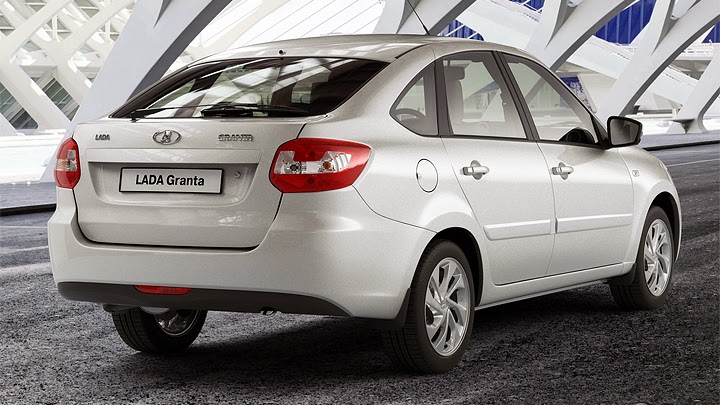
Kammback, to give an example, uses a roofline which starts a smooth slope around the rear doors, then descends a little more at the rear windshield and gets an abrupt cut shortly afterwards. Also called “Kamm tail” or “K-tail”, its function was to reduce the drag almost as much as if the roofline completed the teardrop shape. Fastbacks, in turn, use a bigger, continuous roofline slope which only ends at the lower portion of the vehicle. Hatchbacks are most known for having a complete rear door, usually called third or fifth in order to associate it with the lateral ones. And notchbacks are still three-box configurations, but using a much smaller third one than a sedan’s. Some examples of each style are Citroën CX, Porsche 911, Fiat Tipo and Ford Escort.
There are also several marketing names too, created by some automakers only to highlight a new vehicle. One of those would be liftback, which is essentially any vehicle which isn’t a hatchback using a top-hinged rear door just like those ones’. Lada must have chosen “hatchback” in order to use a more common term, but the pictures show it’s actually a notchback. Granta’s second variation continues Lada’s decision to finally replace the three-decade-old Samara. And just like the sedan, this one offers a modern low-cost configuration, which reaches accessible prices through simple, robust construction and few trim levels and even fewer optionals, in order to reduce the number of possible cars to produce.




This is why Granta can even attract customers for its design. While it isn’t award-winning, it’s also true you can’t spot any poorly-resolved section at all – not to mention the evolution this vehicle represents when compared to what Lada used to offer not so long ago. However, given that Granta is a heavily-redesigned Kalina, and this one already comes in (actual) hatchback and station wagon, it’s much likely that these lineups will complement each other. In other words, if you usually take big cargo and/or many people, Kalina will suit you better. If you don’t, or at least not that much, taking Granta will reward you with somewhat more elegant design and better equipment lists. The sedan sibling has even a Sport trim, with minor external tweaks.
Once again like the sedan, Granta Hatchback always comes fully-equipped. You’ll be taking climate control, dual front airbag, electrically-assisted steering, power windows, locks and mirrors, ABS brakes, infotainment system, alloy wheels, parking sensors and daytime LEDs, among other items. It’s only possible to choose between three versions of the 1.6L engine, which are restricted to manual transmission and are good for 87, 98 and 106 cv. The vehicle also received minor visual differences from the sedan, like the redesigned bumpers, but its best feature is still the trunk: the 440-liter volume is bigger than the sedan’s. And since this article’s Granta uses a full-size, top-hinged tailgate, you can always call it a liftback as well as notchback.